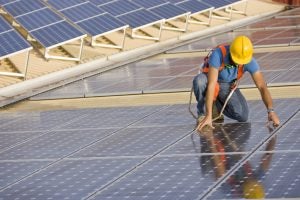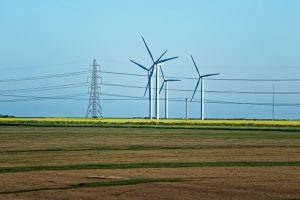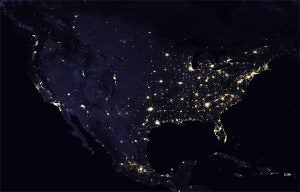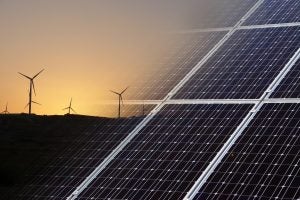 By Lauren Navarro, senior policy manager, and Jamie Fine, senior economist
By Lauren Navarro, senior policy manager, and Jamie Fine, senior economist
It’s no secret that California is a clean energy leader. The state is on track to meet its renewable energy goals, with many utilities hitting targets ahead of schedule. In order to transition to a system that can handle increased levels of clean energy like solar and wind, we need innovative solutions to take advantage of these resources. One low-cost solution is to change how we pay for electricity – making it cheaper when it is powered by clean resources and more expensive when powered by fossil fuels with time-of-use pricing. Utilities are on their way to bringing this to Californians, piloting the new rates in advance of a full rollout in 2019 and building on the successful rollout of these rates to commercial customers a few years ago.
For many Californians, the shift to time-of-use pricing will be new, but not impact their bills very much and could even save them money, particularly for people who live along the coast. However, for some customers – communities with lower incomes in hotter areas of the state that are more vulnerable to possible summertime bill increases – shifting when they use electricity can be harder, and without help their costs could increase. Rightly, lawmakers and regulators have pushed for extra attention for these vulnerable customers as the state moves toward time-of-use rates. While utilities acknowledge this discrepancy as an issue, none are offering sufficient, robust solutions (you can learn more about this in our recent blog).
A new bill introduced last week by California Assemblymember Joaquin Arambula would add that utilities must consider how time-of-use rates could impact low-income customers in disadvantaged communities before putting them on the new rates. It is vital to protect the most economically and environmentally vulnerable Californians from financial hardships. And the answer is not easy. All Californians stand to benefit from rates that could lower pollution and integrate more renewables – yet, we don’t want to heedlessly roll-out the rates in a way that results in higher electricity bills for customers with low incomes. Read More »
 Why do grocers mark down the price of asparagus in the spring, or strawberries in the summer? Because they’re in season and stores have excess supply, and they need to increase demand by cutting prices. The lower prices are a sign, or “price signal,” of excess supply, and the grocers are following the economic law of supply and demand.
Why do grocers mark down the price of asparagus in the spring, or strawberries in the summer? Because they’re in season and stores have excess supply, and they need to increase demand by cutting prices. The lower prices are a sign, or “price signal,” of excess supply, and the grocers are following the economic law of supply and demand.













